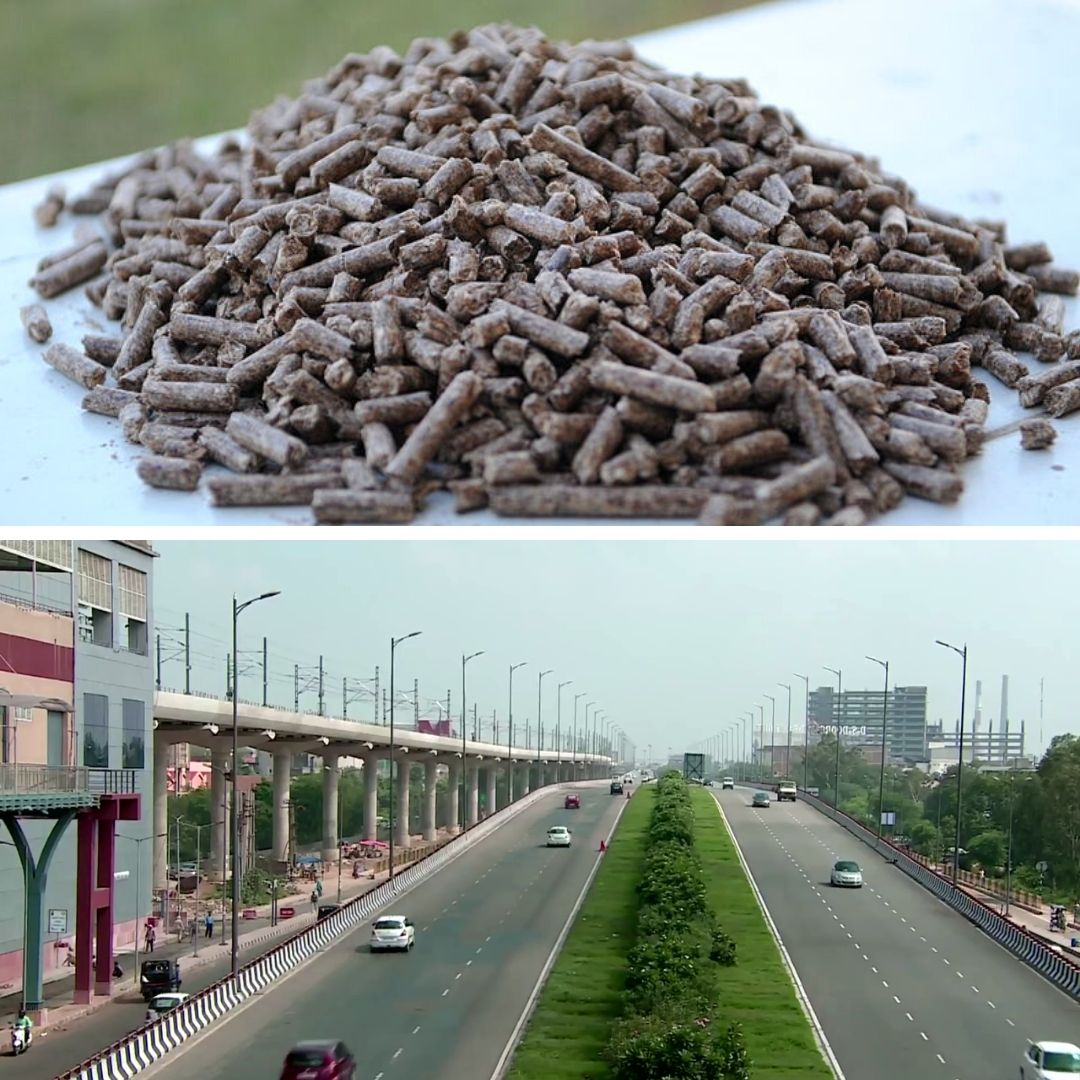
Image Credits: Wikimedia
Delhi NCR Leading In India By Using 50% Biomass Solar Pellets For Power Generation
Writer: Devyani Madaik
A media enthusiast, Devyani believes in learning on the job and there is nothing off limits when it comes to work. Writing is her passion and she is always ready for a debate as well.
Delhi, 22 Jan 2022 11:13 AM GMT
Editor : Palak Agrawal |
Palak a journalism graduate believes in simplifying the complicated and writing about the extraordinary lives of ordinary people. She calls herself a " hodophile" or in layman words- a person who loves to travel.
Creatives : Devyani Madaik
A media enthusiast, Devyani believes in learning on the job and there is nothing off limits when it comes to work. Writing is her passion and she is always ready for a debate as well.
The use of solar biomass pellets was mandated by the government under the policy SAMARTH (Sustainable Agrarian Mission on use of Agro Residue in Thermal Power Plants). The policy mandates the coal-fired plants to use solar pellets as a minimum of 5 percent fuel mix with coal for power generation.
Nearly 50 percent of the coal-fired plants in Delhi NCR use solar biomass pellets to generate electricity. The national capital has picked is leading, compared to the national average. As of now, only 40 percent of more than 180 coal-fired plants of 25 MW have started using solar pellets.
The data was provided by the Ministry of Power earlier this week.
Revised Policy
The development comes three months after the ministry's revised notification of October 8 of the policy SAMARTH (Sustainable Agrarian Mission on use of Agro Residue in Thermal Power Plants).
The policy mandates the coal-fired plants to use solar pellets as a minimum of 5 percent fuel mix with coal for power generation.
According to the Hindustan Times report, nearly six of the 12 coal-fired plants in Delhi NCR started mixing biomass pellets with coal more than three months after the revised policy. Together, these plants used about 20,303 metric tonnes (MT) of biomass until December 31, 2021.
SAMARTH
SAMARTH was brought in November 2017, encouraging farmers to avoid burning crop stubble and convert them into pellets, which the plants can use. At the time, the ministry had mandated plants to use 7 percent solar pellets as a fuel mix.
Stubble Burning - A Damage To Environment
Stubble burning is a menace that has become a significant contributor to air pollution in India. It is a major source of gaseous pollutants like carbon dioxide, carbon monoxide, nitrogen oxides, methane, sulfur oxides, etc.
The crop residue burning in Punjab, Haryana and western Uttar Pradesh has been known, but it has spread in other states.
The governments haven't taken cognisance of the problem, despite the law criminalising the act, under section 188 of the IPC and the Air and Pollution Control Act of 1981.
Join Participation In Erasing Stubble Burning Menace
Some public and private firms in stubble burning states have started using biomass pellets in small quantities. The change is slow but steady. The ministry said the target of using the biomass pellets in the country's all coal-fired plants can only be achieved by joint participation of the Centre and the states.
The government has indicated it will discuss the policy and the implementation plan in the upcoming Union Budget on February 1. Reportedly, the ministry will also launch a website and a logo for the scheme.
Also Read: Bridging Digital Divide, Jharkhand To Distribute Mobile Tablets To 21,000 SC, ST, OBC Students
 All section
All section














